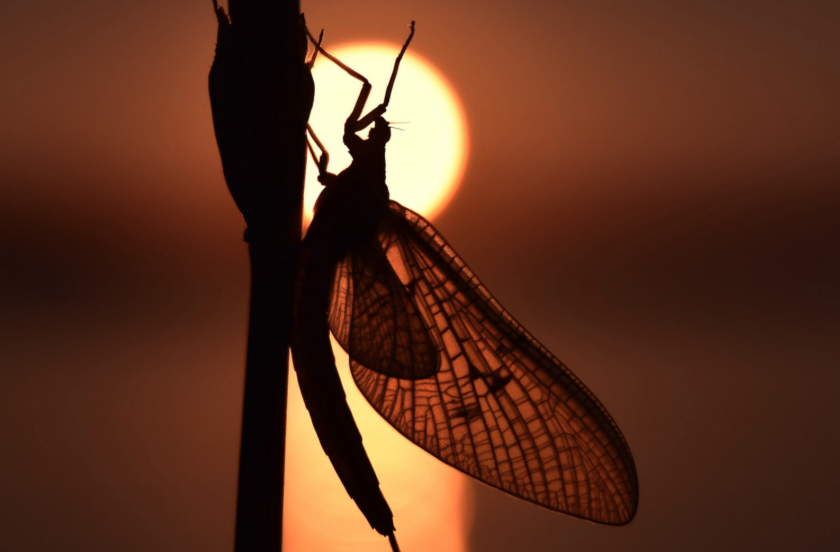
Drifting puts aquatic insects at risk of being eaten by visually oriented predators like trout, which will consume any objects they can see floating in the water. In order to decrease this risk, insects are more likely to drift at night, even avoiding drifting on nights with a full moon.
The levels of artificial light at night can often exceed that of a full moon, so it is perhaps not surprising that increased light levels near some isolated streams result in significantly lower levels of drift rates.





